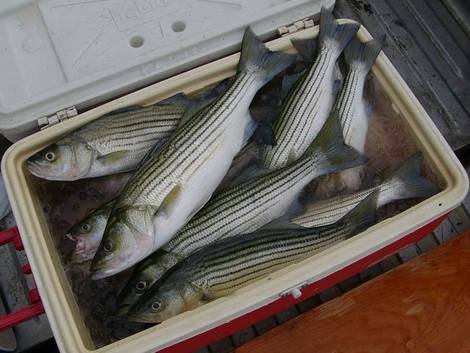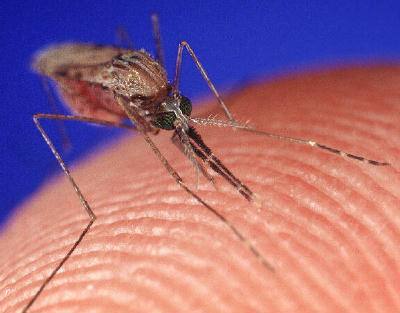
We left out for a couple days of fishing on Lake Texoma this past weekend. After the four hour trip from my house in Texas we settled in to our hotel room in Denison and prepared to hit the lake for a few hours of fishing before it got dark. We launched the boat and had a few technical difficulties, but we soon cruised the lake near the dam. However, we had no luck — not a fish.
The next day we were up and on the lake before sunrise. We thought we might find some fish in the area, but nothing. Then we saw a congregation of boats and we went to investigate. As you’re probably aware, usually a bunch on boats in a location is a good sign, but after driving on over — nothing again. As it was mid-morning, we decided to just ride around the lake a bit (and there is plenty to ride around on since the lake is like 85,000 thousand acres) and then do some trolling.
That did’t yield much, so we kept moving and ended up on the Texas side of Lake Texoma near Little Mineral. We finally found a spot that was holding some sand bass (white bass) and we caught several. We were on the boards! We kept crusing down the Texas shoreline picking up fish here and there and then we found a spot that was holding some stripers. We worked the area for a while a picked up quite a few. They finally quit biting and it was past lunch time so we bugged out for a break and a bite to eat. My father and I returned that evening to fish a couple hours, but we only picked up a few sandbass and one nice striper.



The second morning proved to be the most successful. My father and I hit the lake at sunrise, but started just west of Eisenhower State Park. We tried a little bit of everything, but we weren’t having any luck. Then we moved to the area where we had picked up some stripers the day before, just west of Butterfly Cove. We caught some sand bass and even an occassional striper, but then we saw that the stripers were schooling and were on the surface — exactly what we had been waiting for!
We cruised over, dropped the trolling motor, and starting throwing topwater lures. The fish were in a feeding frenzy so all we had to do was put something with hooks in front of their face. Each cast would yield strikes and and soon it would be fish on! The schools would come up from anywhere from 20 seconds to 2 minutes, but we finally found a school that was hanging out on top. My father and I each caught a limit of stripers (10 each) that morning and I caught many more that I threw back.




All in all, Lake Texoma was OK! That’s kind of an Oklahoma joke — but come to think of it we did catch all of our fish on the Texas side. I’m already looking forward to a repeat visit!






